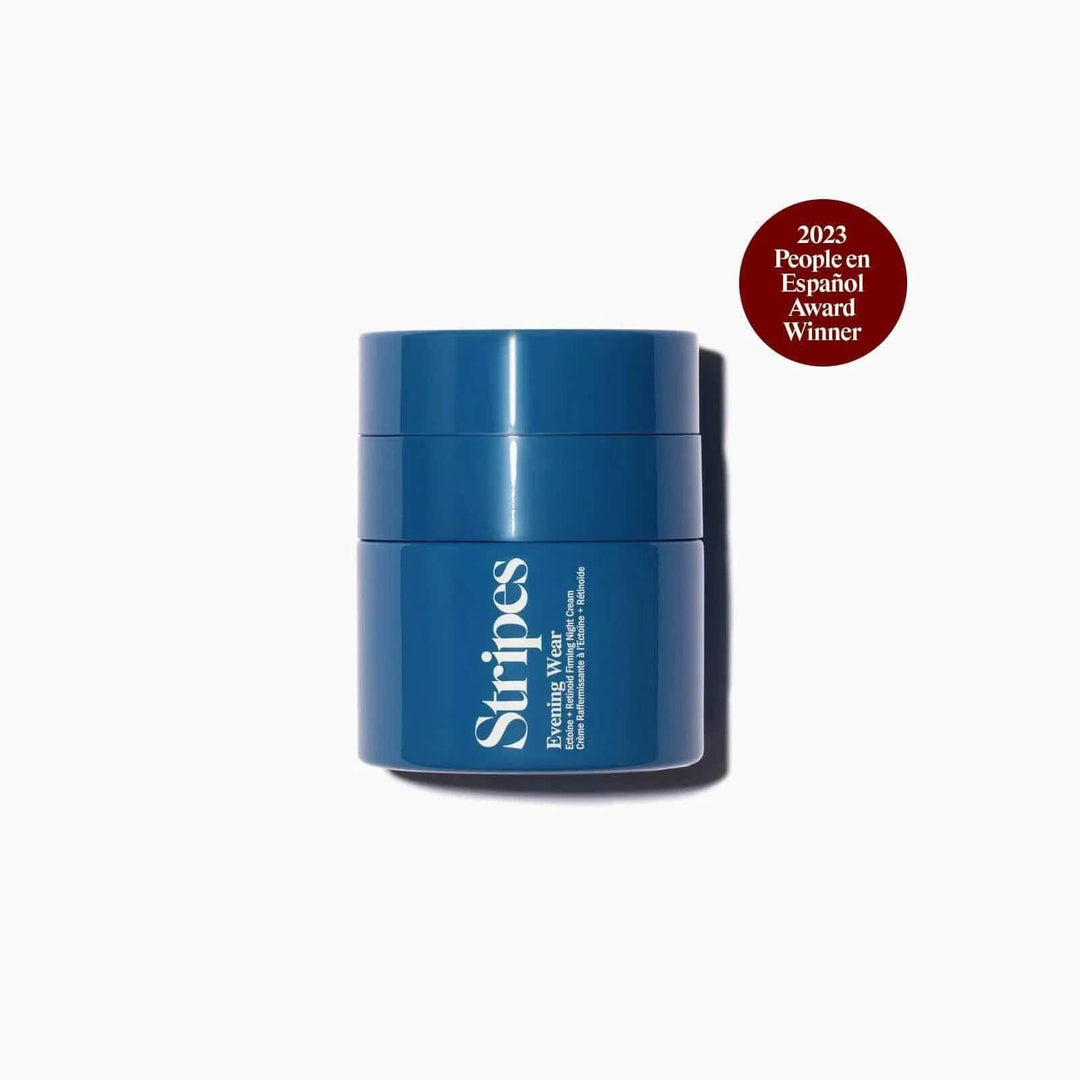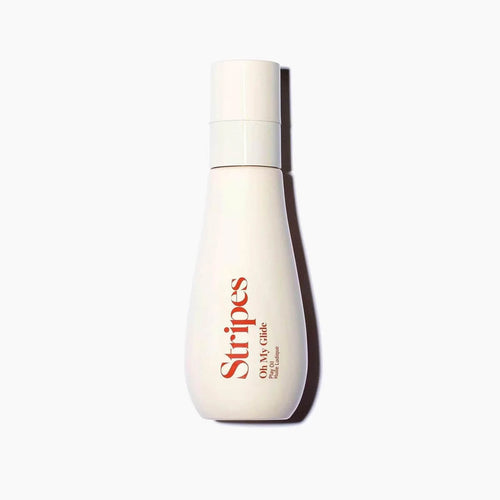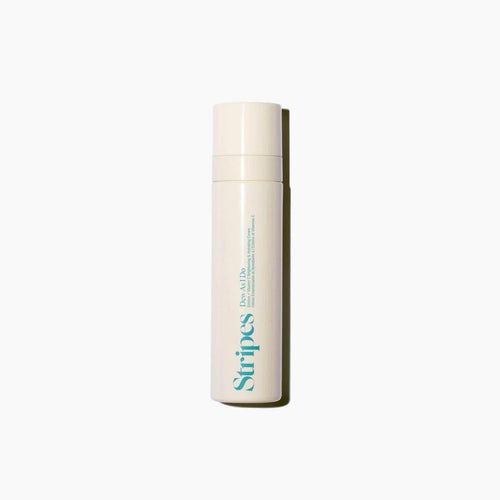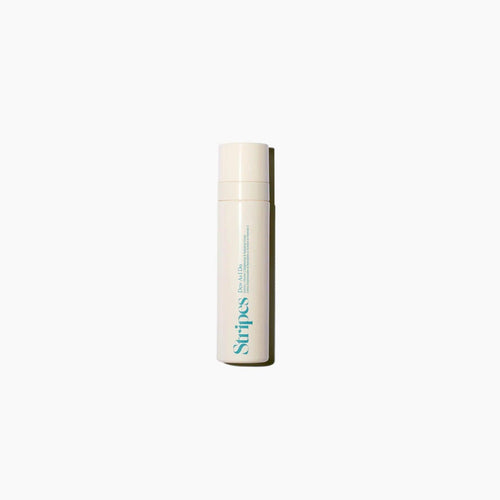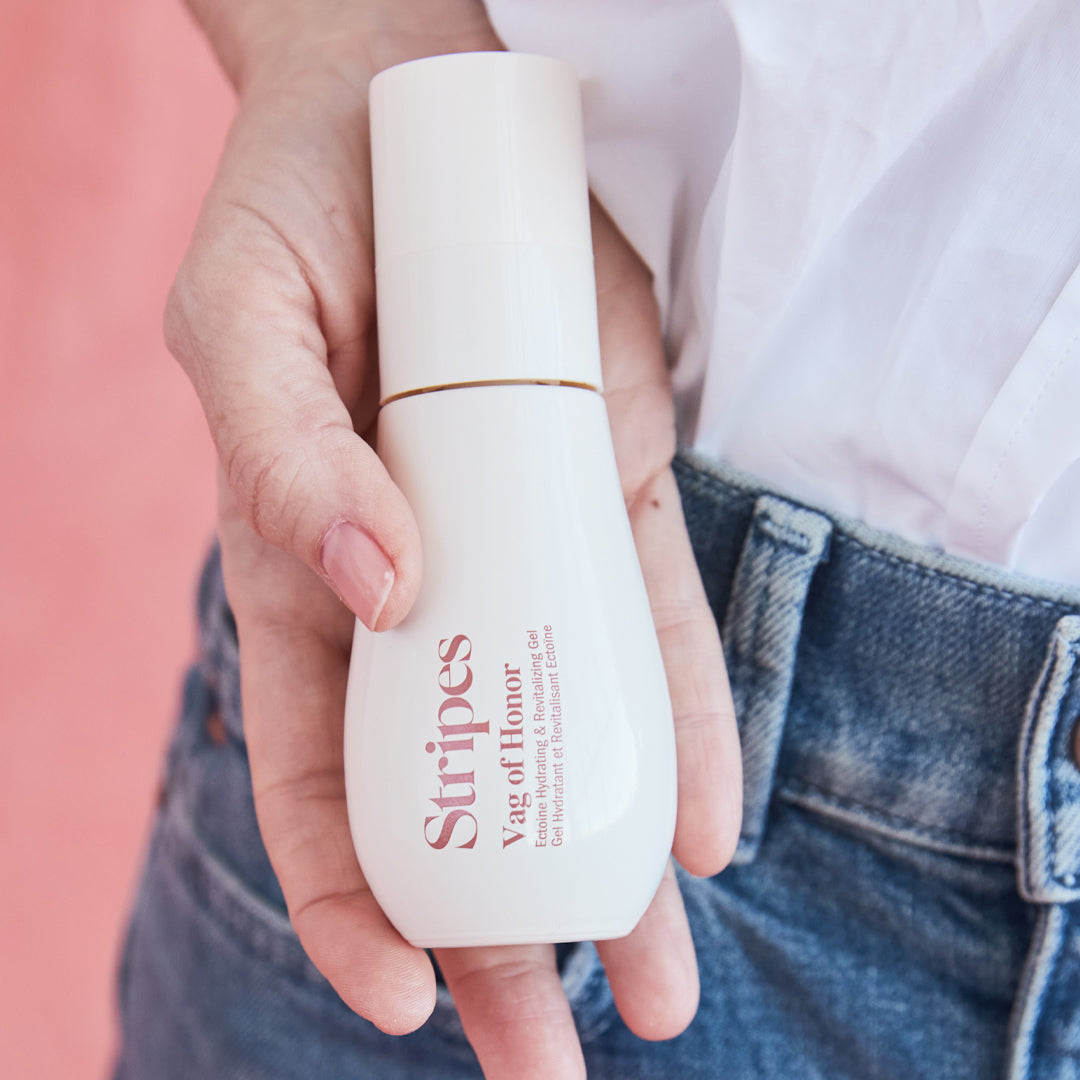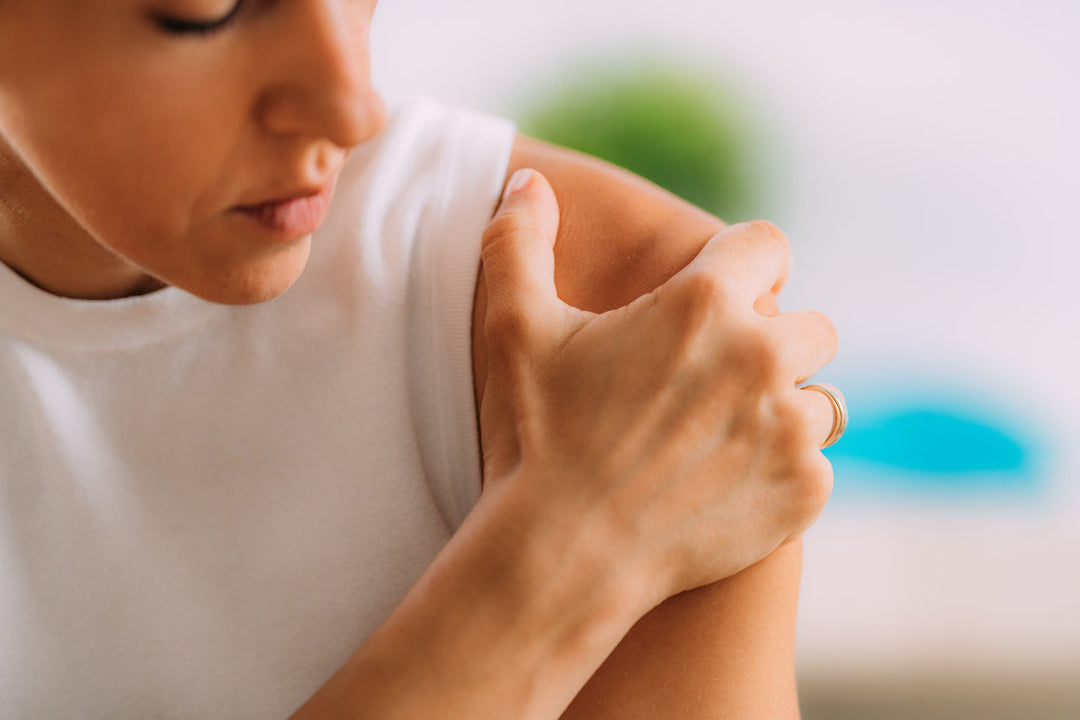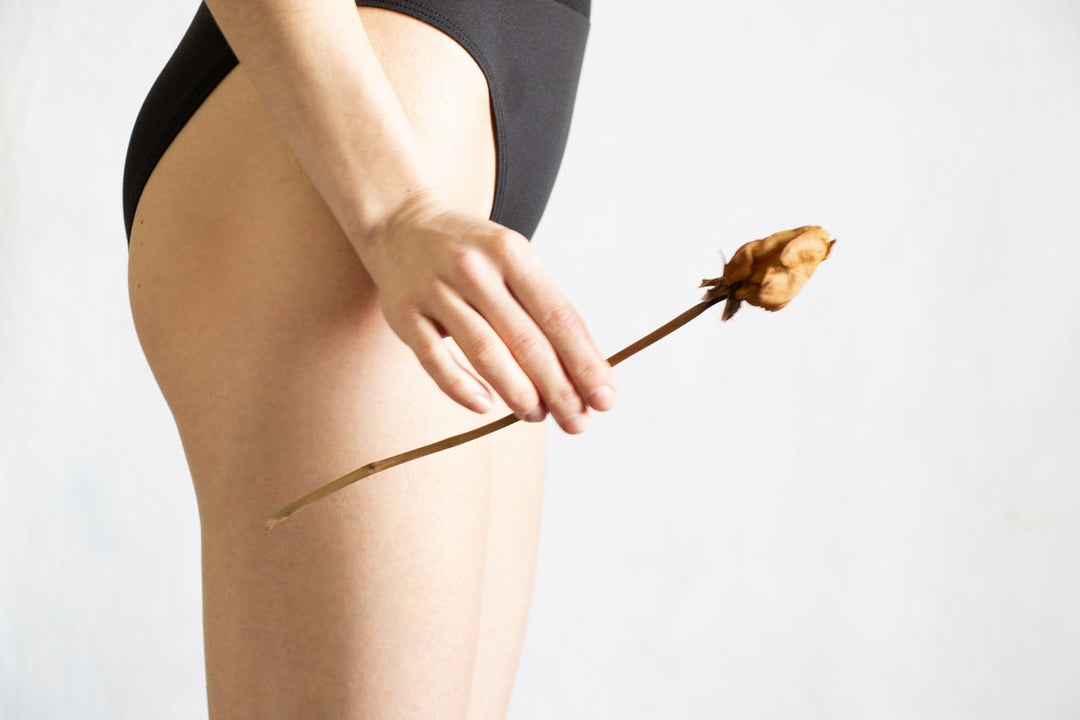6 Hot Flash Triggers to Watch Out For
Hot flashes. These sweat-inducing bursts of warmth arrive without warning, making it nearly impossible to focus or perform daily tasks. About 75 percent of all women in the menopause transition have these sudden, brief, periodic (and often intense!) increases in their body temperature.
For most women, hot flashes don’t just come on their own. There's also its nighttime nuisance, night sweats.
How long will they last? According to John Hopkins Medicine, for 80 percent of women, hot flashes occur for two years or less, while a small percentage of women experience them for more than two years or longer. The intensity and frequency of hot flashes can vary from person to person.
Many peri/menopausal folks report their hot flashes are so overwhelming they have to drop everything they’re doing and sit absolutely still until the episode passes, especially if the extreme rush of heat is coupled with dizziness or sudden drowsiness, both also very common.
Hormonal fluctuations — in this case, plummeting estrogen and progesterone — play a huge role in your sudden rise in body temp. The drop in sex hormones affects your brain’s ability to regulate body temperature, and registers even the slightest changes in temperature with extreme sensitivity.
What triggers hot flashes?
But other internal and external factors can affect your body temperature, too. So while you may not be able to change the fact that your body’s going through a hormonal roller coaster, you can avoid things that might make your hot flashes more intense. Here are six of the most common triggers.
Alcohol
A glass of wine or two might take the edge off a stressful day, but overdoing your alcohol consumption won’t do your symptoms any favors. Alcohol promotes a process called vasodilation, or expansion of blood vessels. When vasodilation occurs, a rush of blood surges through your body, naturally raising your body temperature. (That’s why some people’s cheeks turn red while drinking.)
Alcohol is also known to interfere with sleep quality, which can worsen your fatigue and destroy your mood. This extra stress on your body only increases the odds of more hot flashes, so now is a great time to rethink your alcohol use.
Caffeine
Unlike alcohol, caffeine is a vasoconstrictor, meaning it narrows the blood vessels — but it can still cause hot flashes. Caffeine is a stimulant, and like all stimulants, it raises heart rate and blood pressure, both of which can make you warmer. The hypothalamus registers this rise in body temperature as a threat to maintaining stability, and again it triggers a hot flash to cool the body down through sweat released from the glands in the skin.
It also takes a long time for caffeine to be metabolized by the body. One six-ounce cup of coffee in the morning can take up to 12 hours for the body to metabolize and expel. This amounts to an increased likelihood of experiencing multiple hot flashes throughout the day.
Spicy food
Spicy food, though delicious, can also contribute to hot flashes. Why? Chili peppers, jalapeños, and other hot peppers are all vasodilators. They raise body temperature by increasing the speed at which blood flows through the cardiovascular system.
Spicy foods also increase levels of hormones like adrenaline. When you eat something that contains spice, like an herb or a pepper, your brain registers the heat that your tongue experiences as if it is literally on fire. This causes your brain to warn the rest of your body to release adrenaline and decrease feelings of pain the only effective way the body knows how. However, this process is a double-edged sword with unwanted side effects, as it causes both your heart rate and blood pressure to rise, which can cause a hot flash.
Warm weather
Of course, the factors that cause a hot flash can’t always be easily controlled, like hot, humid weather. When the weather is warm, the body has a hard time keeping itself cool. In a normal situation, our hypothalamus does what it does best and tells the skin to release sweat onto the skin’s surface to cool the body from the outside in.
If you notice more hot flashes on summer days, it’s important to try to keep the skin as cool as possible. Using fans, ice packs, and drinking cold beverages when it’s hot out can help keep the severity of hot flashes at bay, even if just for a little while. Hydrate, hydrate, hydrate.
Restrictive clothes
Like warm weather, warm or tight clothes can trigger hot flashes by creating friction against the skin, which irritates the skin’s surface and generates heat. When enough heat builds up near the skin’s surface, the hypothalamus begins to think the body is overheating and reacts with a hot flash.
Decreasing the amount of heat generated and insulated by your clothes can help you reduce the chances of experiencing numerous hot flashes throughout the day, and of having night sweats and insomnia. Wear looser-fitting clothes made of thinner, breathable fabrics, especially when it’s hot out. It’s also a good idea to wear layers so you can take clothes off when you get hot!
Stress
Stress is perhaps the most common and most difficult hot-flash trigger to manage. Factors like mood swings and insomnia can trigger your body to create stress hormones like cortisol and adrenaline. When these hormone levels are high, they increase heart rate and blood pressure, both of which can increase body heat and result in a hot flash.
Effective stress management is one of your best tools for reducing hot flashes. Even taking a deep breath to slow a blood rush or making some lifestyle changes to lower anxiety can make all the difference for your side effects. If your stress levels won’t let up, talk to your primary care provider, or check in with a therapist for extra support.
Take control of your hot flashes
Menopause symptoms, especially hot flashes, can be straight-up disruptive. Being able to understand and identify your hot-flash triggers is the first step toward finding ways to manage your menopausal symptoms and get some relief.
Try to keep track of your hot flashes so you can note their potential triggers and reduce them. You may not be able to control your symptoms, but you can take steps to prevent them — which, in this uncharted territory, can make a huge difference.
By Ashley Abramson
Ashley Abramson is a freelance writer primarily covering health, psychology, and relationships. She's been published in The New York Times, Washington Post, and The Guardian. She lives in the Milwaukee area with her husband and two young sons.
Looking to connect with a community of women who know what you're going through? Check out The Hot Spot!

